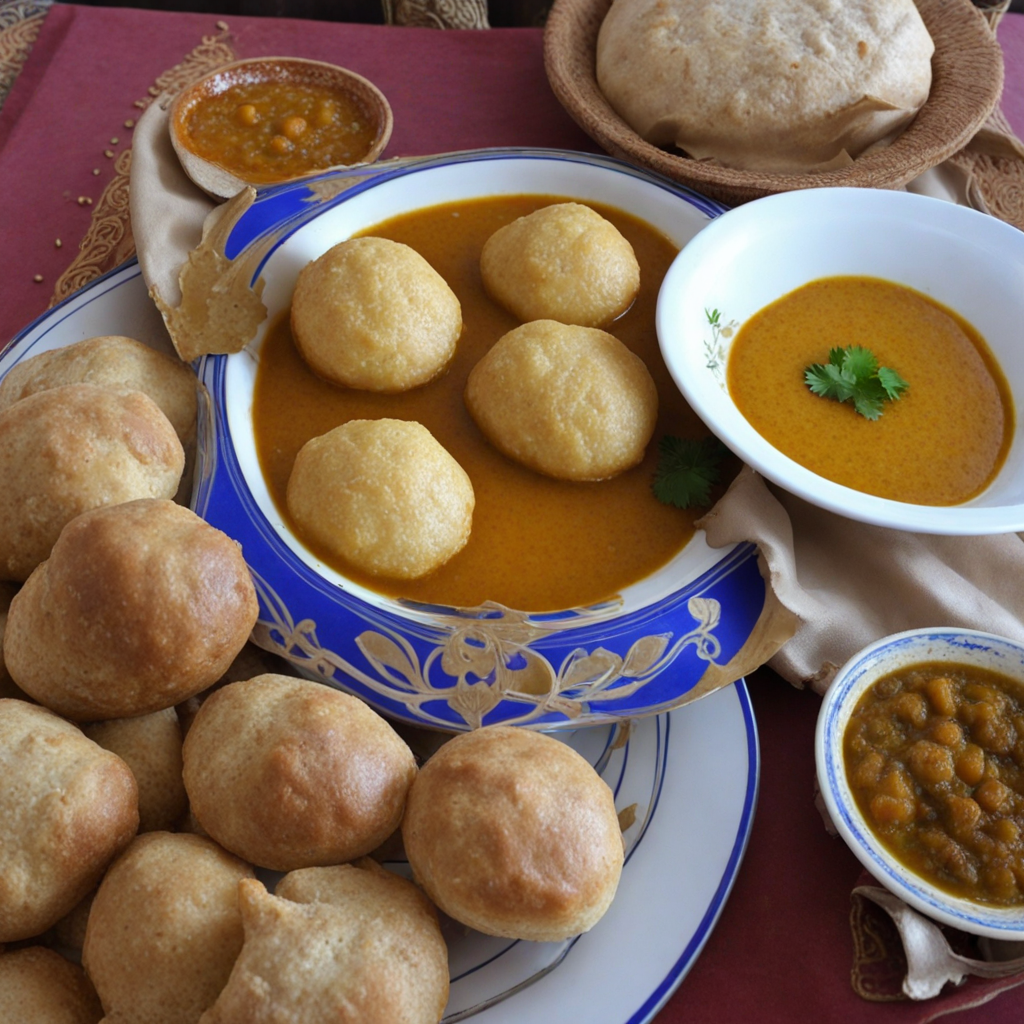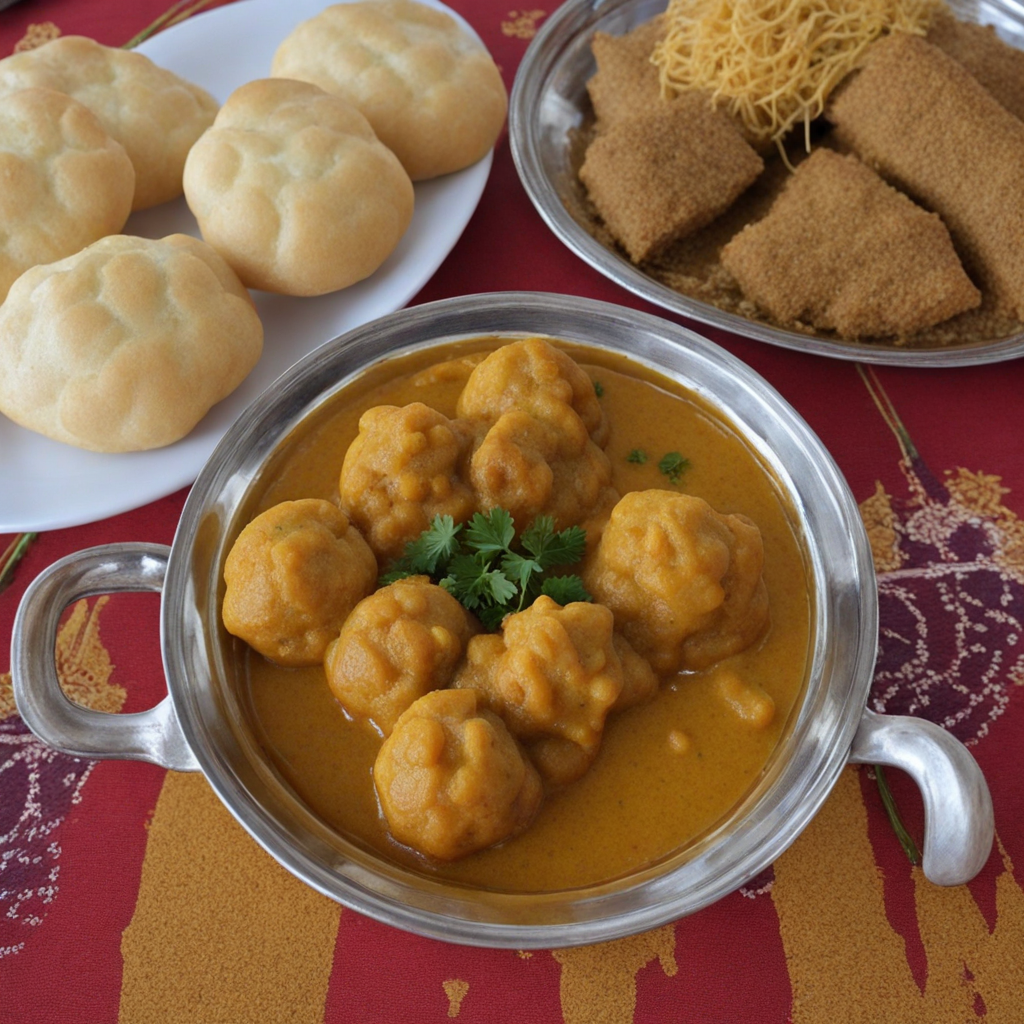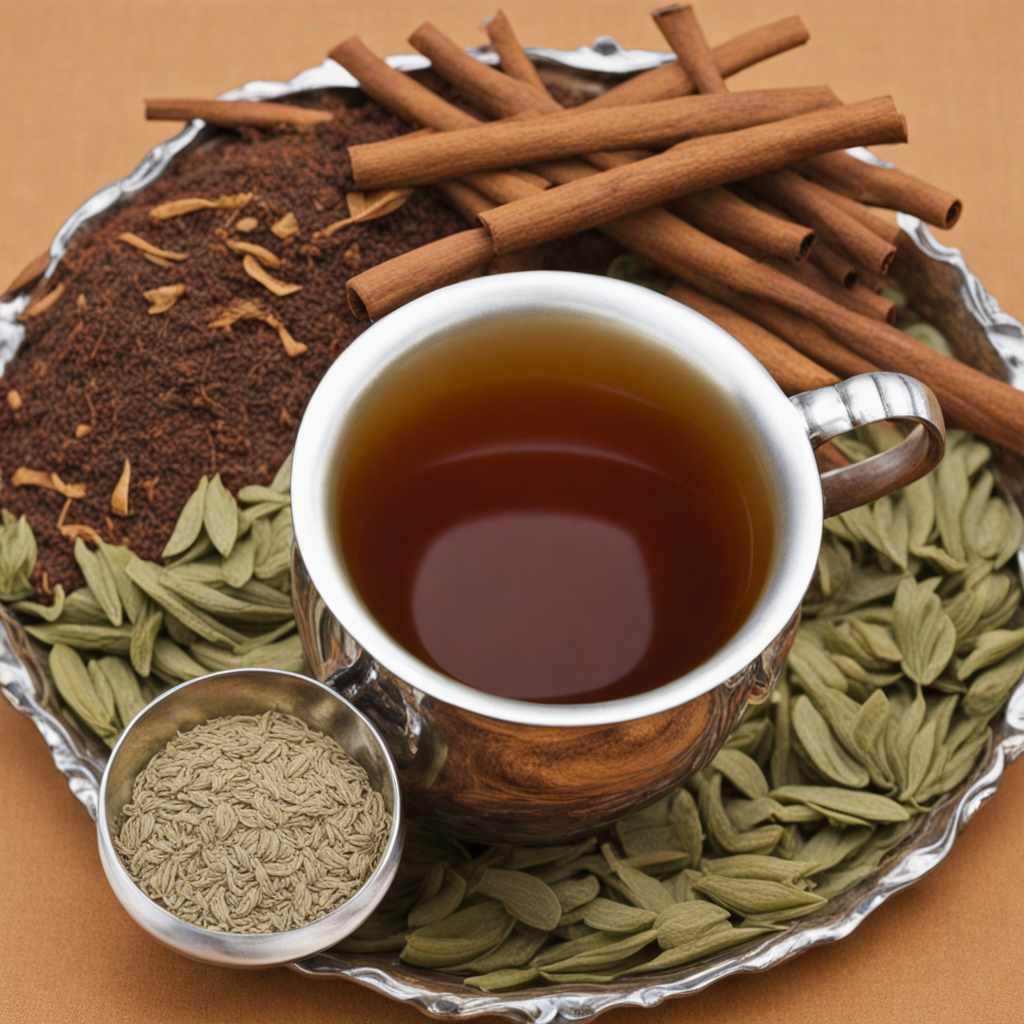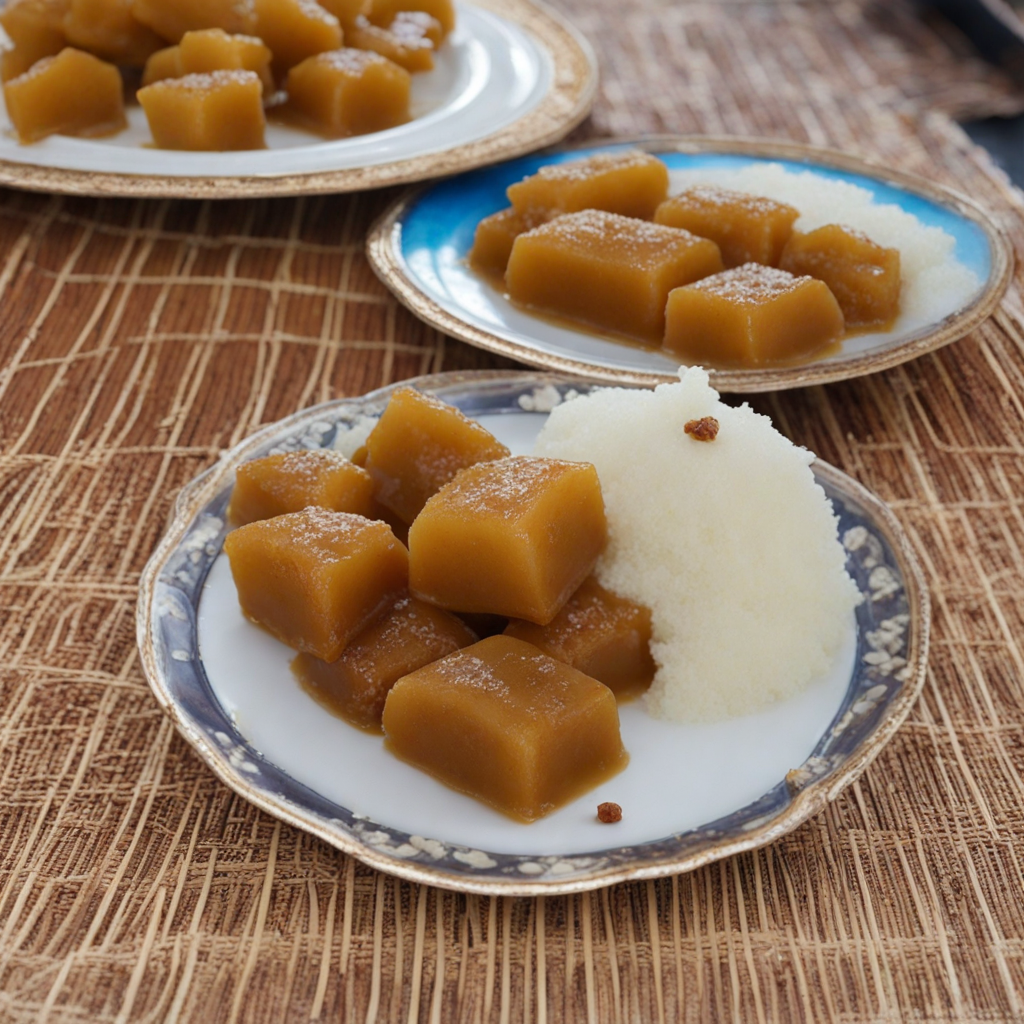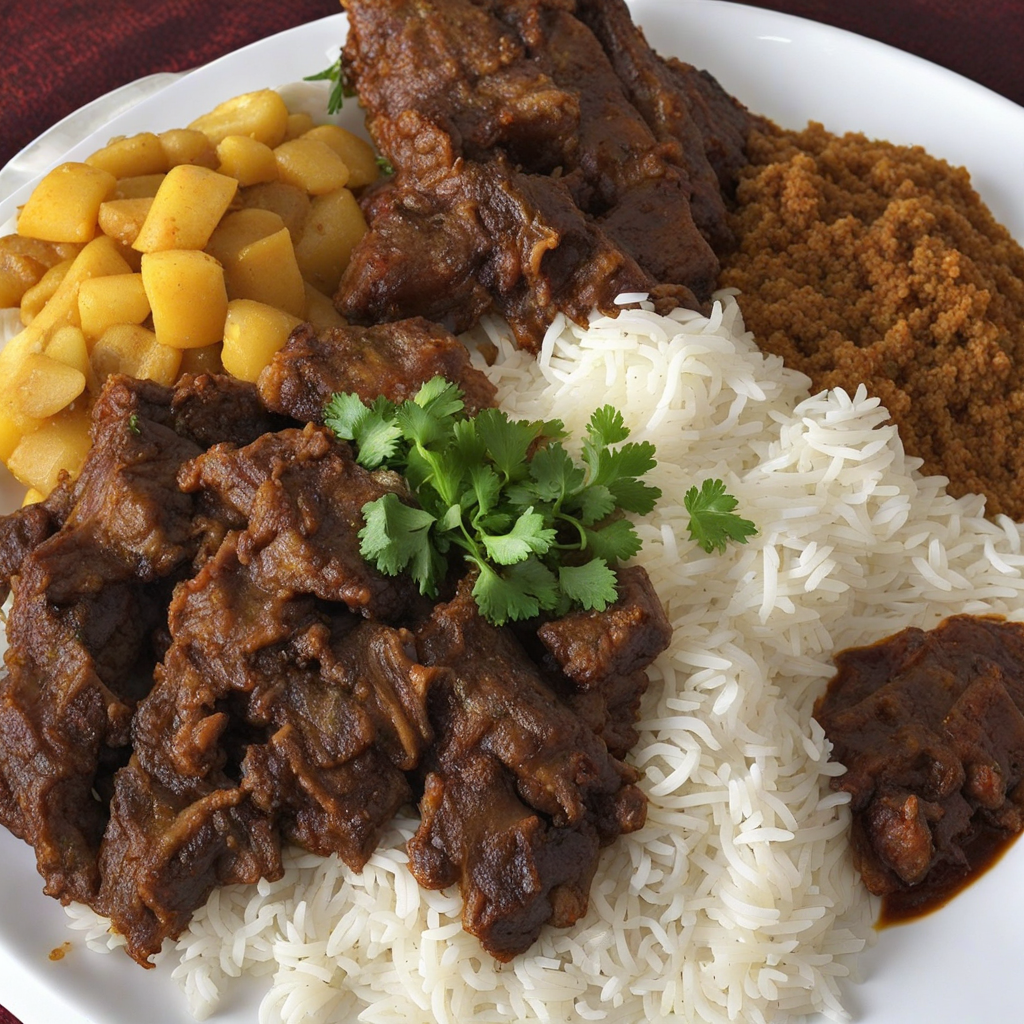Bur Salid
Bur Salid is a delightful Somali dish that beautifully combines the flavors of fried dough and fresh salad, creating a unique culinary experience. The base of the dish consists of crispy, golden-brown flatbreads known as 'bur', which are made from a simple dough of flour, water, and a pinch of salt. These flatbreads are typically pan-fried until they achieve a crunchy exterior while remaining soft and chewy inside. Their slightly nutty flavor serves as an excellent canvas for the salad that accompanies them. Accompanying the bur is a vibrant salad that often features a mix of refreshing ingredients such as diced tomatoes, cucumbers, onions, and sometimes avocado, tossed together with a squeeze of lemon or lime juice and a drizzle of olive oil. The bright, zesty dressing enhances the freshness of the vegetables, balancing the rich, savory taste of the fried bread. Some variations might include a sprinkle of herbs or spices, like cilantro or black pepper, adding an extra layer of flavor that elevates the dish. Bur Salid is not just a meal; it is an experience characterized by the contrast of textures and flavors. The warm, crispy bur complements the cool, crunchy salad, making each bite satisfying. This dish is often enjoyed as a snack or light meal, and it captures the essence of Somali cuisine – a blend of simplicity, freshness, and heartiness. Perfect for those looking to explore new tastes, Bur Salid offers a glimpse into the rich culinary traditions of Somalia.
How It Became This Dish
The History of بور ساليد (Boor Salid): A Somali Culinary Delight #### Origins of Bor Salid Bor Salid, or simply "salad," is a traditional Somali dish that reflects the rich tapestry of Somalia's cultural and culinary heritage. Its origins can be traced back to the pastoral and nomadic communities in the Horn of Africa, where the harmonious blend of local ingredients and influences from trade routes shaped the Somali diet. The term "Boor" signifies a wide variety of greens, while "Salid" denotes a type of salad; together, they embody the essence of fresh, vibrant flavors that are central to Somali cuisine. Historically, Somalia has been a land of convergence, where various cultures and civilizations intersected due to its strategic location along the Indian Ocean trade routes. As a result, the culinary practices of Somalia have been influenced by Arab, Persian, Indian, and even Italian flavors, especially during the colonial period. The adaptation of these influences into local dishes has given rise to unique Somali foods, with Bor Salid being a prime example. #### Ingredients and Preparation Traditionally, Bor Salid is made with a variety of fresh vegetables, which may include tomatoes, cucumbers, carrots, and onions, often garnished with a sprinkle of lemon juice or vinegar. The use of spices, such as black pepper and sometimes chili, adds a distinctive kick to the salad. In some regions, the dish might include more exotic ingredients, such as avocados or fruits like mangoes, showcasing the adaptability of Bor Salid to local availability and personal preference. The preparation of Bor Salid is relatively straightforward, reflecting the Somali ethos of valuing simplicity and freshness in cooking. Vegetables are typically chopped and mixed in a bowl, dressed lightly with oil, vinegar, and lemon juice, and sometimes seasoned with salt and pepper. The salad can be served as a refreshing side dish or as a main component of a meal, especially during festive occasions or gatherings. #### Cultural Significance In Somali culture, food is not merely sustenance; it is an integral part of social and communal life. Bor Salid holds a special place in this context, often featured during significant celebrations, such as weddings, Eid festivities, and communal feasts. The dish symbolizes hospitality and the generous spirit of Somali culture, where sharing food is a way to foster connections and express goodwill. Moreover, Bor Salid reflects the importance of fresh produce in Somali dietary practices. The country's pastoral lifestyle, with its reliance on livestock, coexists with agriculture, particularly in the southern regions where crops like tomatoes and cucumbers are cultivated. This duality of farming and herding underscores the Somali way of life, and Bor Salid serves as a culinary representation of this balance, celebrating both the bounty of the land and the richness of the sea. #### Evolution Over Time The evolution of Bor Salid mirrors the socio-political changes in Somalia over the years. During the colonial era, the influence of Italian cuisine introduced new ingredients and preparation techniques that began to blend into traditional Somali dishes. For instance, the incorporation of olives and capers in some variations of Bor Salid reflects this Italian influence, showcasing how food evolves through cultural exchange. In the post-colonial period, particularly during the civil unrest of the late 20th century, many Somalis fled their homeland, taking their culinary traditions with them. As the diaspora settled in various countries around the world, Bor Salid became a symbol of cultural identity, a way for displaced Somalis to reconnect with their roots and share their heritage with new communities. In cities like Minneapolis, London, and Melbourne, where significant Somali populations have emerged, Bor Salid has found a place in both Somali restaurants and home kitchens, introducing this traditional dish to a broader audience. In contemporary times, Bor Salid has also adapted to modern dietary trends, embracing vegetarianism and health-conscious eating. As global awareness of nutrition and wellness continues to rise, Bor Salid is celebrated not just for its cultural significance but also for its health benefits. The nutrition-packed vegetables, combined with healthy fats from olive oil and the refreshing acidity of citrus, make Bor Salid an appealing option for health-focused individuals. #### Global Recognition and Influence As Somali cuisine gains popularity on the international stage, Bor Salid has emerged as a quintessential dish representing the flavors of Somalia. Food enthusiasts and culinary explorers are increasingly drawn to the vibrant colors and fresh ingredients that characterize Somali salads. Social media platforms have also played a crucial role in popularizing Bor Salid, with food bloggers and influencers showcasing its preparation and presentation, thus inspiring a new generation of cooks to embrace this delightful dish. Furthermore, Bor Salid's versatility allows it to be customized to various dietary preferences, making it appealing to a broader audience. As chefs experiment with flavors and presentations, Bor Salid has found its way onto fusion menus, blending Somali ingredients with global culinary styles. This evolution not only preserves the integrity of the dish but also celebrates the ongoing dialogue between tradition and innovation in the culinary world. #### Conclusion Bor Salid stands as a testament to the rich culinary history of Somalia, encapsulating the essence of the Somali spirit: resilience, adaptability, and community. It is more than just a salad; it is a reflection of a culture that values fresh ingredients, communal sharing, and the celebration of life’s moments. As the world continues to embrace diverse cuisines, Bor Salid will undoubtedly remain a cherished dish, carrying the stories and traditions of the Somali people into the future. Through its continued evolution and global recognition, Bor Salid not only nourishes the body but also nourishes the soul, reminding us of the power of food to connect, heal, and celebrate our shared humanity.
You may like
Discover local flavors from Somalia


